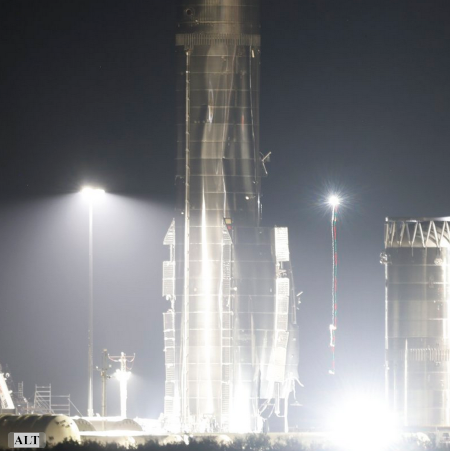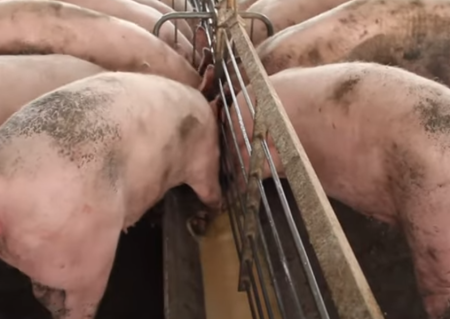Bigoted academia upset that Trump won’t allow them to push the racist DEI agenda

Trofim Lysenko (on the left), preaching to Stalin as he destroyed
Soviet plant research by persecuting anyone who disagreed with him,
thus causing famines that killed millions. He is now the role model for
today’s entire science community.
Cue the world’s smallest violin! An article today in the journal Science proves once again that science has nothing to do with what that journal now publishes. The headline:
‘This is censorship.’ Conference requires abstracts to comply with Trump anti-DEI order
It seems scientists submitting abstracts to the annual Lunar and Planetary Science Conference (LPSC) in Texas are upset because the Trump administration will not allow any papers to include any mention of diversity, equity, or inclusion (DEI) as a topic.
The Lunar and Planetary Science Conference (LPSC), hosted annually by the Lunar and Planetary Institute (LPI) in Texas, last week announced a new requirement for the upcoming 2026 conference: All submitted abstracts must comply with executive orders from the administration of U.S. President Donald Trump. His 20 January executive order called DEI “illegal and immoral discrimination programs” and terminated both federal DEI programs as well as grant funding for DEI initiatives. The conference policy follows moves earlier this year by LPI’s parent organization, the Universities Space Research Association (USRA), to scrub DEI-related content—including archived LPSC abstracts—from its websites.
Researchers are fuming, saying LPSC is doubling down on its previous decisions, and prioritizing avoiding trouble with the government over intellectual freedom. “This is censorship,” says planetary scientist Paul Byrne of Washington University in St. Louis. “Even if the percentage of people who would normally write a DEI abstract is small, a much larger percent are pissed off.”
In other words, the science community wants to support DEI racial discrimination, because it is designed to favor the racial and sexual groups they favor. To them it is more important to infuse these bigoted ideas into all science, rather than actually report real research about the solar system and planets.
» Read more














